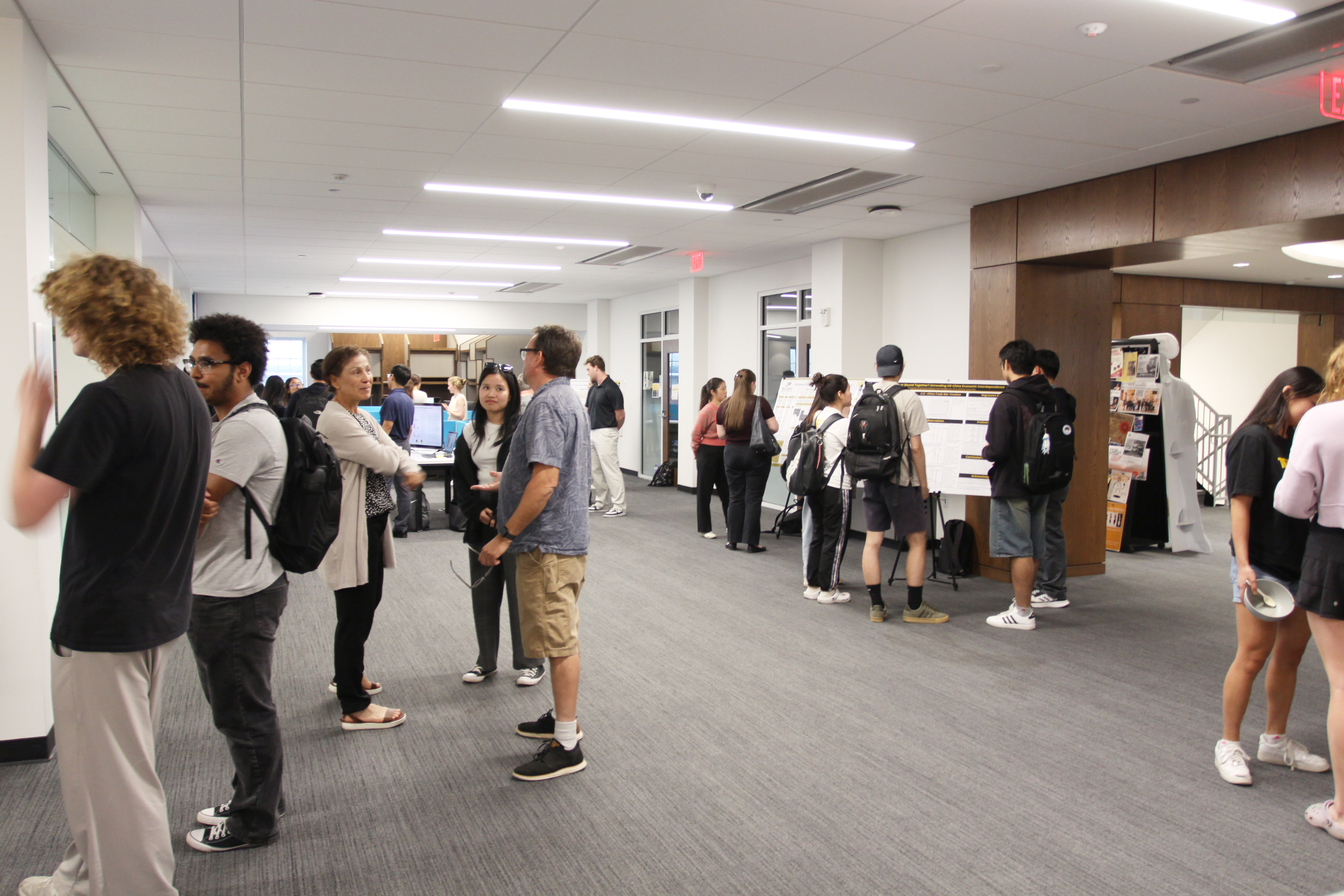Files
Download Full Text (844 KB)
Document Type
Poster
Publication Date
Fall 2021
Abstract
The quarry in DePauw’s Nature Park, which was previously stripped of soil and layers of bedrock, offers an ideal study system for understanding how plants adapt to disturbances. The quarry bottom is particularly stressful for plants because of this loss in soil, high variability in water availability due to the poor porosity of the bedrock, and high light intensity. Therefore, plants that live there must have traits suitable for this harsh environment. One response elicited to stress in plants is the production of red pigments called anthocyanins. Anthocyanins are versatile and have been found to be protective in a multitude of ways; among their many functions, they have been shown to protect against tissue damage at high light levels and increase herbivore resistance. Using Hemp Dogbane, Apocynum cannabinum, as a study system, we asked whether anthocyanin content in stems differs between quarry and non quarry environments, if there is a relationship between pigmentation and herbivory, and how pigmentation is selected on in the two habitats.
Recommended Citation
Spehlmann, Marie '22 and Keith, Rose PhD, "Dogbane Under Stress: Habitat Differentiation of Anthocyanins in Apocynum cannabinum" (2021). Annual Student Research Poster Session. 88.
https://scholarship.depauw.edu/srfposters/88



